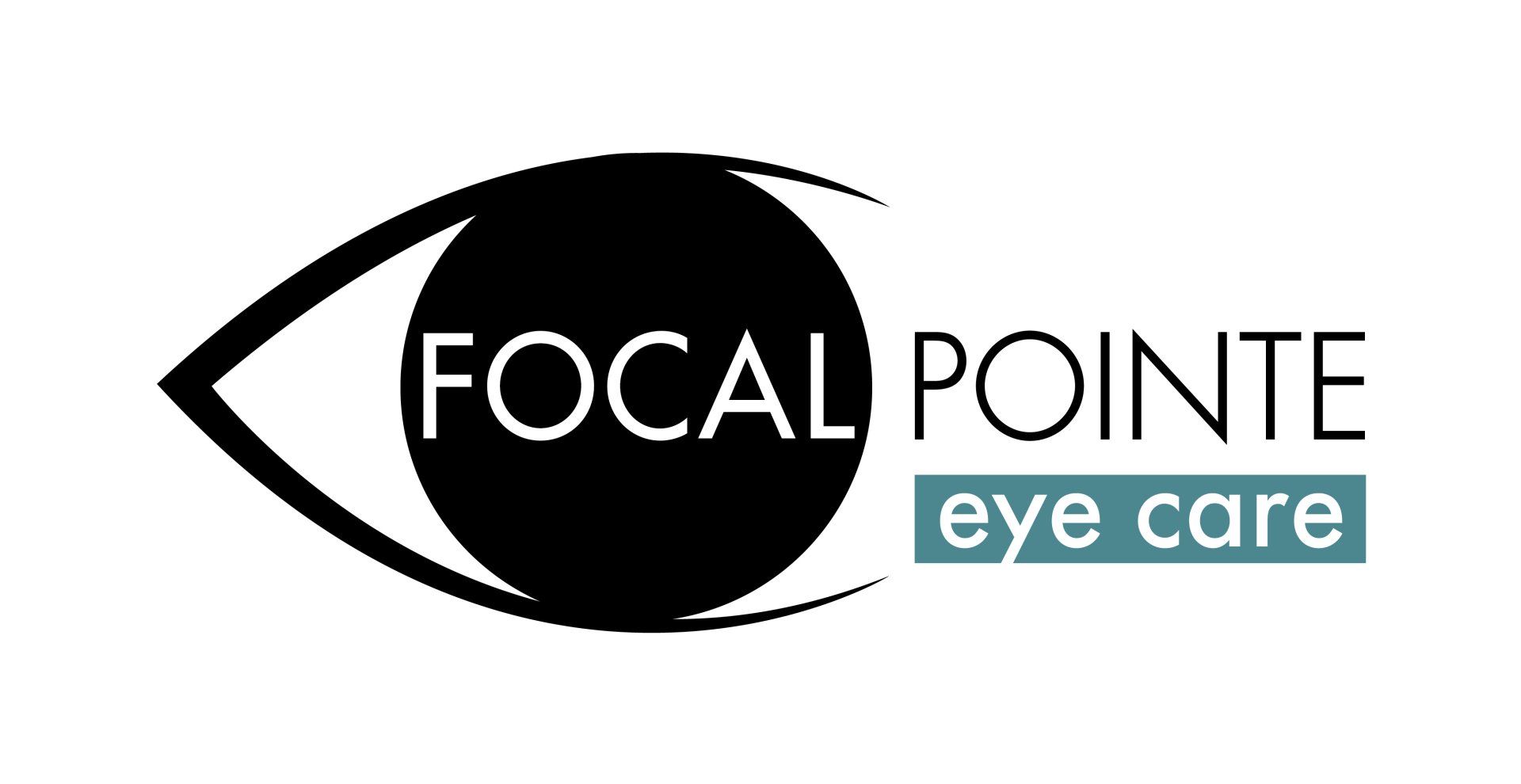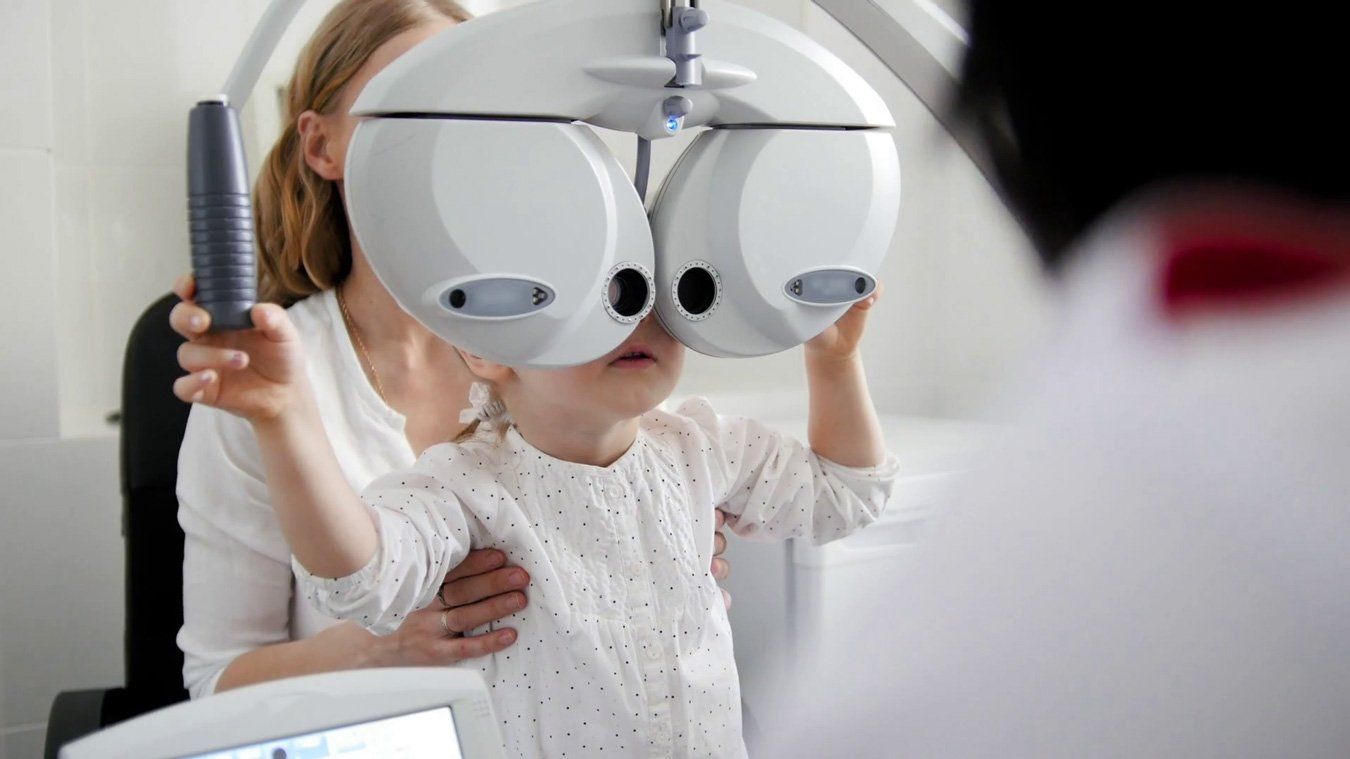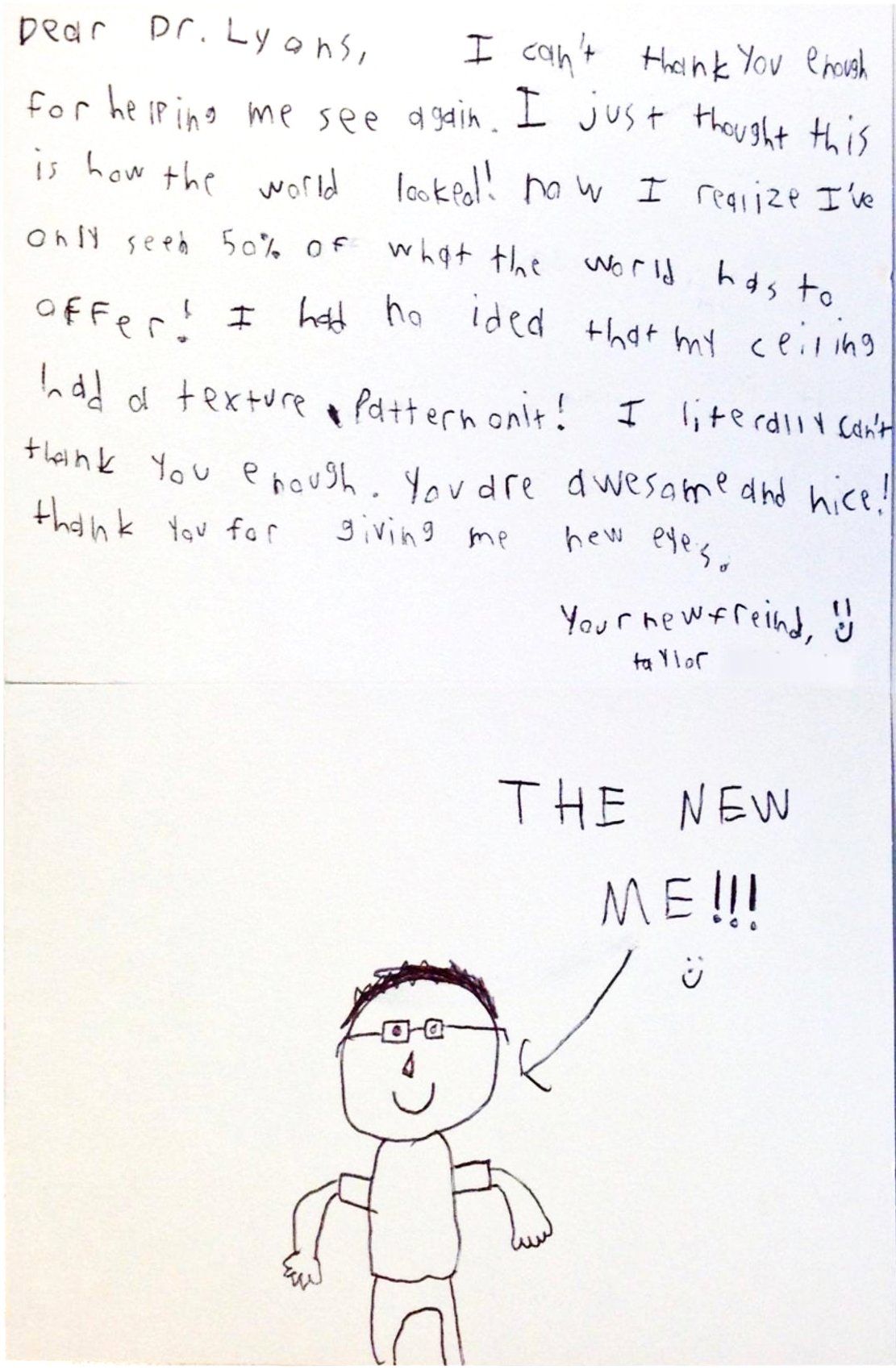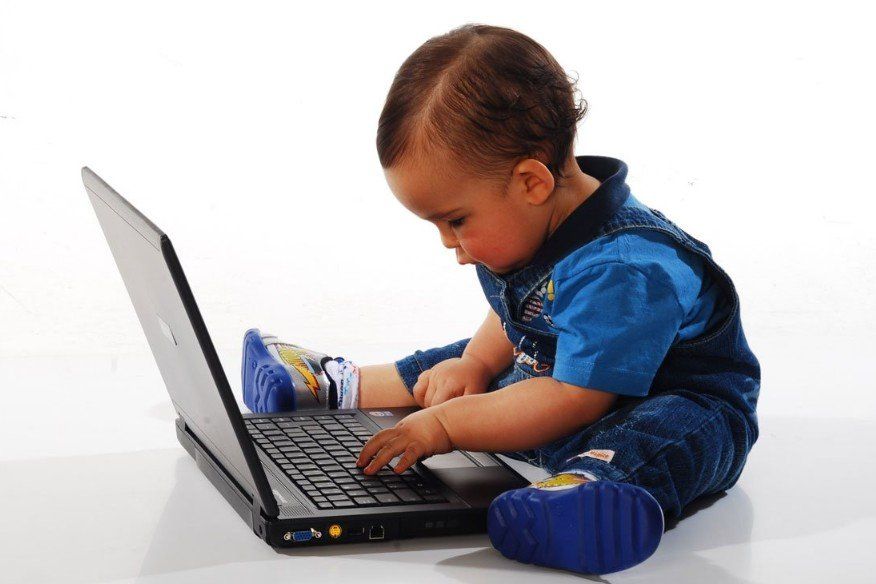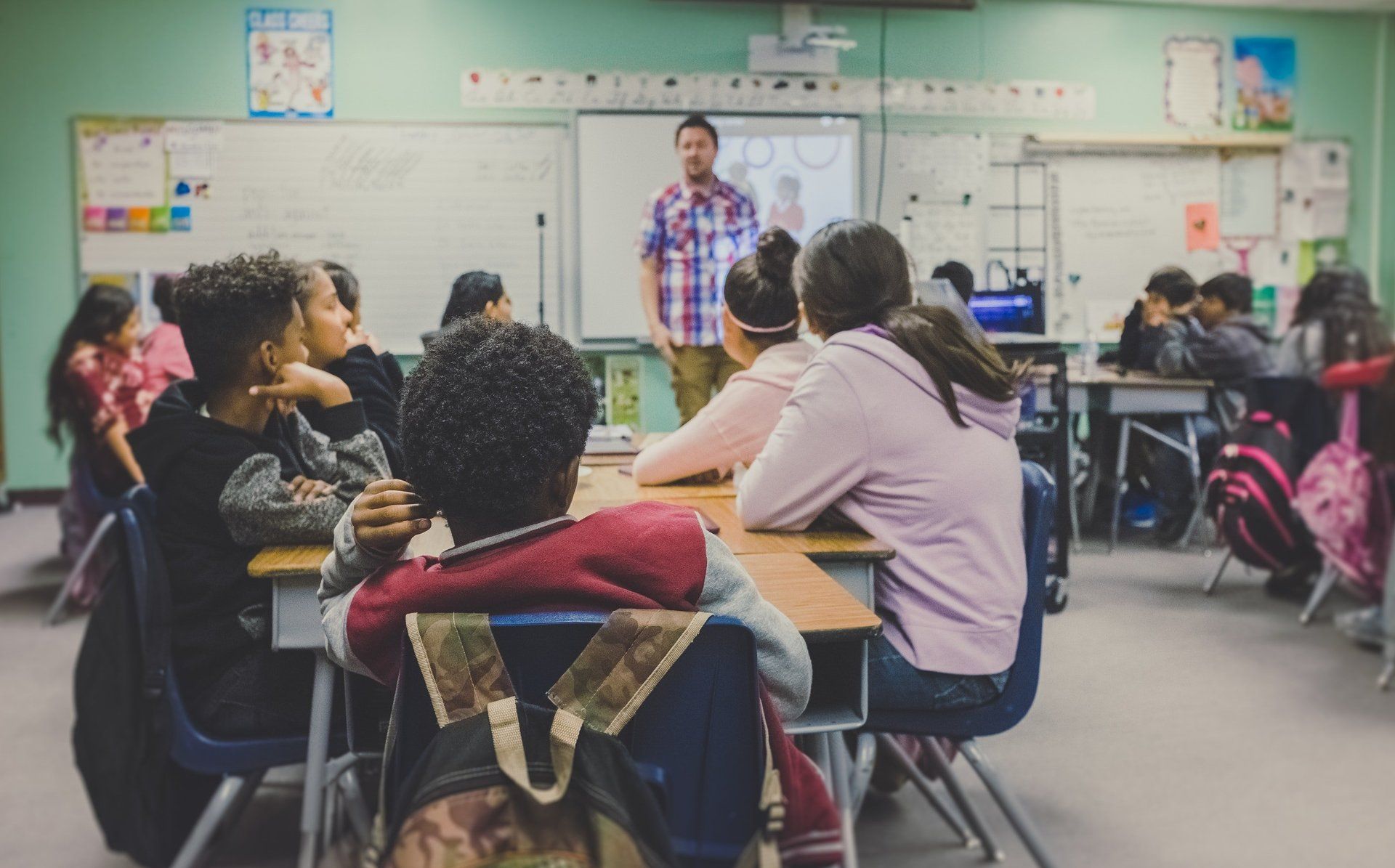CHILDREN'S EYE EXAMS
Regular eye exams are vital for children, not only for vision health, but to ensure the quality of visual processing skills critical to their learning in school. From the moment they first crawl to the day they graduate high school, your child will grow and develop in many visible ways.
Along the way, their eyes will develop and grow as well, even though it may not be as visible to parents. Knowing when to buy new clothes for your child is pretty easy. One day their clothes fit fine, the next day they need clothes two sizes larger.
Knowing when your child is struggling to see is more difficult. That's why regular eye exams for your children are important. In between exams, you can watch for signs that they may be having trouble seeing correctly. We've got you covered here. Just scroll down to find common signs your child may exhibit if they are having vision problems.
If you notice your child is showing signs of vision problems or you aren't quite sure, put your mind at ease and give us a call. 513-779-3937
WHAT TO EXPECT DURING A CHILD'S EYE EXAM
We understand that children can have short attention spans and can also be a little apprehensive about visiting a doctor's office. At Focal Point Eye Care our children's eye exams have been customized to be interactive and kid-friendly.
We even have a play area designed for kids, although if parents want to play there, we're okay with that too.
When it comes to the eye exam, in addition to basic visual acuity (distance and near vision) an exam may assess the following visual skills that are required for learning and mobility:
- How the eyes work together as a team (we call this binocular vision)
- Focusing ability
- Peripheral vision
- Color vision
- Hand-eye coordination
- Tracking
Schedule Kid's Exam
AMERICAN OPTOMETRIC ASSOCIATION’S RECOMMENDED EXAMINATION FREQUENCY FOR THE PEDIATRIC PATIENT
| PATIENT AGE | ASYMPTOMATIC / RISK FREE | AT RISK |
|---|---|---|
| Birth to 24 Months | At 6 months of age | By 6 months of age or as recommended |
| 2 to 5 years | At 3 years of age | At 3 years of age or as recommended |
| 6 to 18 years | Before first grade and every two years thereafter | Annually or as recommended |
Children considered to be at risk for the development of eye and vision problems may need additional testing or more frequent re-evaluation. Factors placing an infant, toddler, or child at significant risk for visual impairment include:
- Prematurity, low birth weight, oxygen at birth, grade III or IV intraventricular hemorrhage
- Family history of retinoblastoma, congenital cataracts, or metabolic or genetic disease
- Infection of mother during pregnancy (e.g., rubella, toxoplasmosis, venereal disease, herpes, cytomegalovirus, or AIDS)
- Difficult or assisted labor, which may be associated with fetal distress or low Apgar scores
- High refractive error
- Strabismus
- Anisometropia
- Known or suspected central nervous system dysfunction evidenced by developmental delay, cerebral palsy, dysmorphic features, seizures, or hydrocephalus
COMMON SIGNS OF VISION CHANGES IN CHILDREN
- Holding reading materials too close
- Squinting while reading
- Complaining of blurred vision
- Turning head to side to look at something
- Reverses letters and words
- Closes or covers one eye
- Having short attention span
- Poor reading comprehension
- Headaches when reading
- Poor recall of visually presented material
- Avoiding reading, drawing or playing games requiring focusing up close
Whether you have an infant, a toddler, a child in elementary or high school, helping them see clearly will better position them for success in life, school and extracurricular activities. The eye doctors and team at Focal Pointe Eye Care are here to help with the very best in children's eye exams and eyewear when needed. Call us today to schedule an appointment at 513-779-3937.
